1. Troll Dolls Were Born From Bridge-Dwelling Nightmares
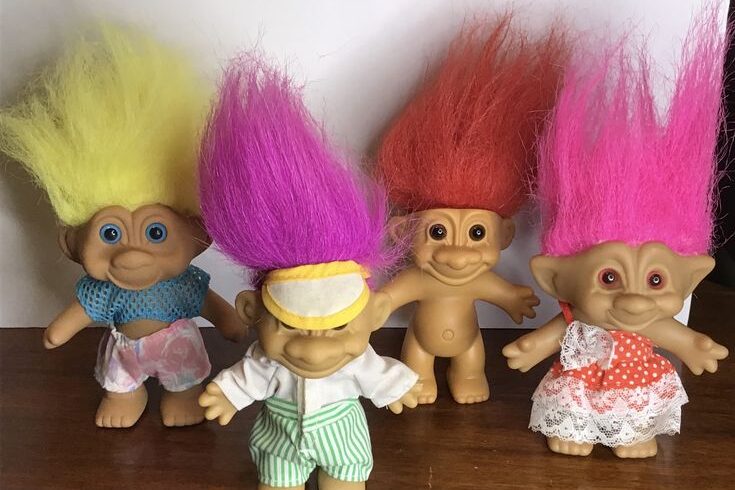
With their wild hair and wide eyes, Troll Dolls once ruled playgrounds. But before they were good luck charms, trolls were feared creatures in Norse tales. These beings were believed to live in forests or under bridges, sometimes stealing children or livestock. Thomas Dam, a Danish woodcutter, created the first troll dolls in the 1950s based on this folklore. According to the National Museum of Denmark, trolls symbolized the untamed unknown. Funny how a figure once meant to frighten now grins from kids’ backpacks and bedroom shelves with not a trace of menace in sight.
2. Jack-in-the-Box Was Made to Jolt You Awake
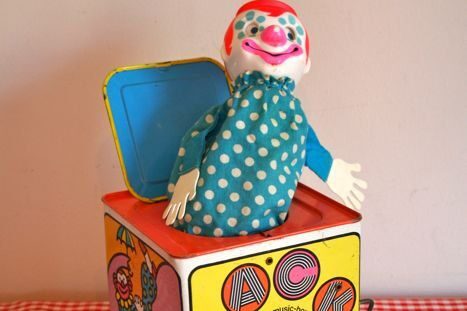
That winding crank and sudden pop still catch some of us off guard. The Jack-in-the-Box may seem playful today, but its roots go back to medieval Europe. Early versions were said to hide spirits or devils used by adults to scare unruly children. These trickster figures embodied chaos and mischief. Over time, they turned into jesters and clowns popping out of toy boxes. Historian Adrienne Mayor has said such toys reflect “surprise and moral symbolism.” No wonder it’s both thrilling and a little unsettling. Childhood fun sometimes comes wrapped in old stories meant to startle us.
3. Furbies Sounded Just Like Watching Eyes
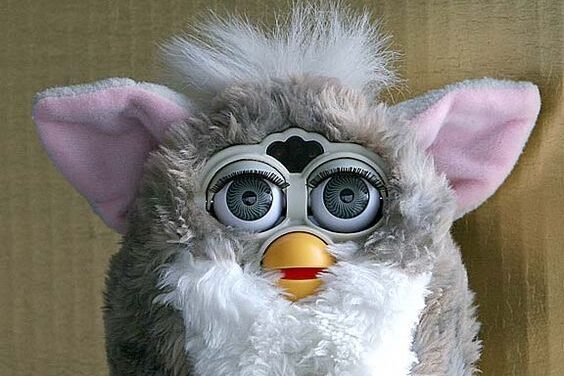
They blinked, talked, and sometimes came to life when you least expected. Furbies were a late ’90s phenomenon, but their behavior made many adults uneasy. Rumors swirled that they were listening in, and even the NSA reportedly banned them from offices. Hasbro denied they could record, but their strange language and glowing eyes sparked memories of cryptids or folklore creatures always watching. As author Jason Schreier noted, “There’s something uncanny about toys that blur the line between alive and artificial.” Maybe that’s why they still feel just a little too real in a dark, quiet room.
4. Ventriloquist Dolls Were Voices from the Beyond

Long before they showed up in horror movies, ventriloquist dolls were tied to mysticism. Ancient Greeks believed spirits could speak through people’s stomachs, which evolved into the practice of ventriloquism. By the 19th century, these dolls were stage partners for entertainers, but their lifeless eyes and still faces often unsettled viewers. “The puppet becomes a mirror of our hidden fears,” said puppetry scholar John Bell. It’s no surprise they became horror staples. A toy designed to speak with a voice not its own already walks the fine line between amusing and eerie.
5. Ouija Boards Didn’t Start as Party Tricks
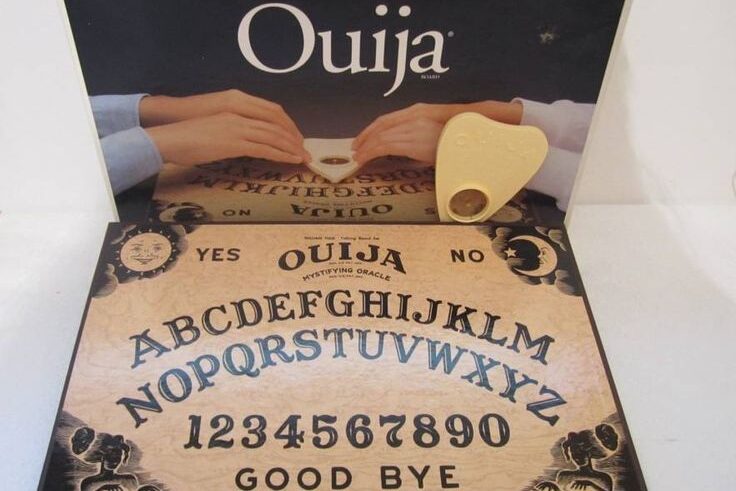
Today you’ll find them beside board games, but Ouija boards weren’t always lighthearted. They came from 19th-century spiritualism, where people used talking boards to connect with the dead. The planchette’s movements were believed to be guided by spirits, and séances often centered around it. According to Smithsonian Magazine, the board was “a mix of mystical tradition and commercial invention.” Parker Brothers helped rebrand it as entertainment, but many people still won’t touch one. Its legacy lingers in living rooms and scary stories, reminding us that some games are never just games.
6. Clown Dolls Played with Fear and Laughter

Not everyone finds clown dolls funny. Their exaggerated features and frozen smiles stir mixed feelings for a reason. They echo the court jesters and trickster spirits of old European folklore, figures who used chaos to challenge authority or entertain rulers. “Clowns disrupt norms,” said cultural historian Linda McRobbie. That blend of humor and unpredictability gives clown dolls their edge. Designed to be silly, they can also be unnerving. Childhood memories of them often come with both laughter and unease, a combination that explains why they pop up so often in tales that straddle funny and frightening.
7. Wind-Up Monkeys Have a Haunted History

Those toy monkeys clanging cymbals seem innocent until they start moving on their own. They come from a lineage of automata, mechanical creations designed centuries ago to mimic life. In the 1700s, these lifelike machines entertained royal courts but often unsettled guests. The monkeys, stiff yet animated, carried that legacy into nurseries and films alike. Jordan Peele featured one in Nope as a symbol of unspoken terror. As robotics professor Minsoo Kang said, “The eeriness lies in imitation without soul.” That tiny toy monkey might just be carrying more than batteries inside its chest.
8. Nutcrackers Once Stood Guard Against Evil
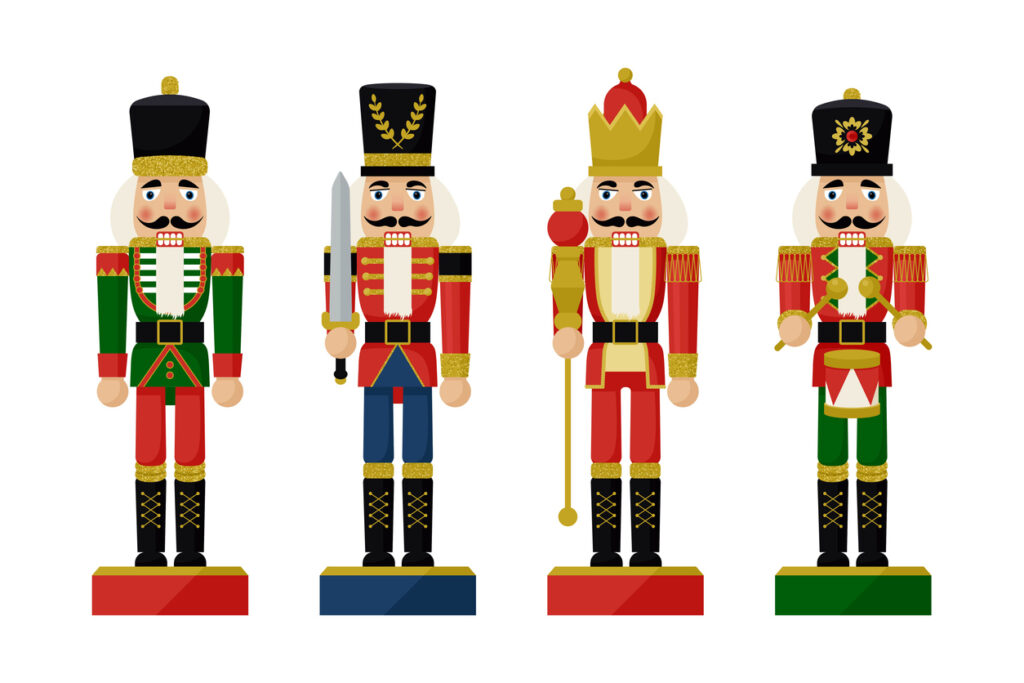
Now they’re holiday staples, but nutcrackers were once protectors. In German folklore, these carved soldiers weren’t decorative but spiritual guardians meant to ward off danger. Their stern faces and stiff posture symbolized strength and defense against malevolent forces. As detailed by the German Christmas Museum, “They served as both gift and guardian.” The transformation into festive décor came later, especially with the popularity of The Nutcracker ballet. Yet even dressed in red and green, their origin whispers of a time when toys weren’t just fun but purposeful symbols of safety and strength.
9. Nesting Dolls Held Layers of Meaning
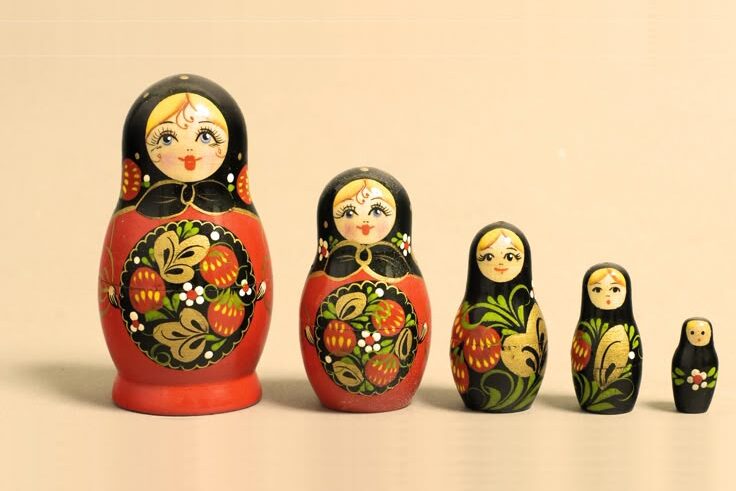
At first glance, Russian nesting dolls are charming art pieces. But these wooden figures, called Matryoshka, were also steeped in symbolism. Beyond representing family, they were believed to echo fertility and spiritual wholeness in Slavic culture. Some versions even linked the dolls to rituals celebrating life’s hidden layers and the mystery within. “They’re about containment and emergence,” said folk art scholar Elena Zaitseva. As toys, they teach patience and surprise. But culturally, they reflect deeper ideas about identity, continuity, and the power of what’s unseen, all nestled in cheerful paint and gentle curves.
10. My Pet Monster Helped Tame Nightmares
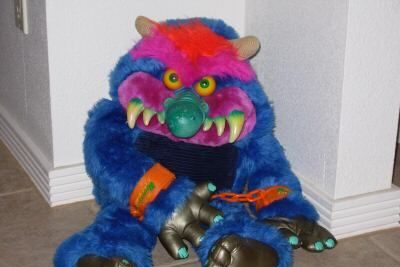
With blue fur, orange chains, and big teeth, My Pet Monster looked nothing like a teddy bear. That was the point. Released in the 1980s, it was designed to be slightly scary to help kids feel brave. The toy let children befriend their fears, turning a “monster” into a sidekick. As one vintage ad put it, “He’s your monster, and he’s got your back.” This concept followed a long tradition of children’s folklore, where scary things became manageable through storytelling. It turns out that facing your fears is easier when you can give them a hug.
11. Gargoyle Toys Were Built to Scare Off Evil
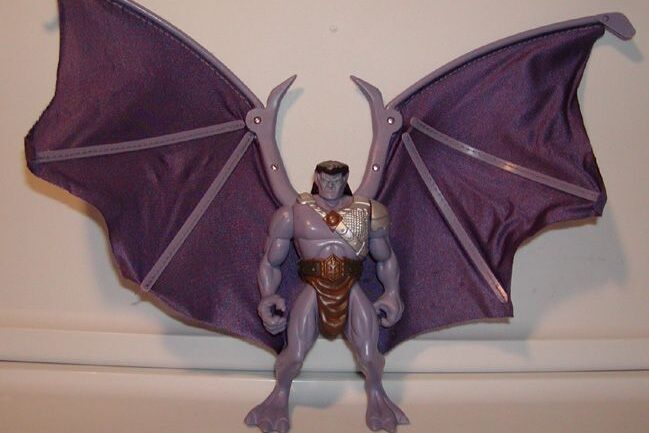
Gargoyles weren’t just decoration on old cathedrals. They were guardians, believed to ward off spirits and protect buildings from harm. Their fierce expressions and beastly forms were meant to terrify anything unwanted. These figures eventually became part of kids’ cartoons and toy sets, softened into collectible protectors. As art historian Joan Marter noted, “Their power lies in their grotesqueness.” That edge still lingers in the plastic versions perched on bookshelves. Even in toy form, they bring echoes of ancient warnings and the comfort of having something strange standing watch nearby.
12. Don’t Wake Daddy Was Built Like a Dream
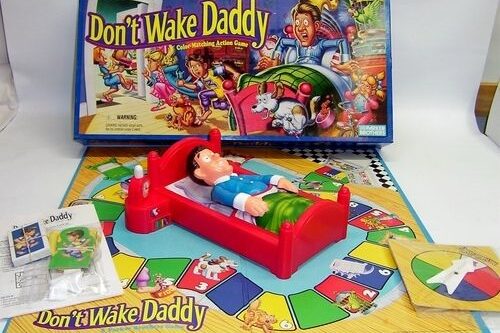
This board game was a hit in the 1990s, but its concept followed a familiar childhood fear. The idea of sneaking around while trying not to wake an unpredictable adult felt oddly familiar, like something from a dream you couldn’t control. That tension echoed classic nightmare patterns, where one wrong move means chaos. Psychologist Dr. Linda Blair noted that games like this “allow children to explore risk in safe settings.” Beneath the fun, Don’t Wake Daddy tapped into the universal fear of being caught, making the rush of victory even sweeter.
13. Black Cat Toys Walked Out of Superstition
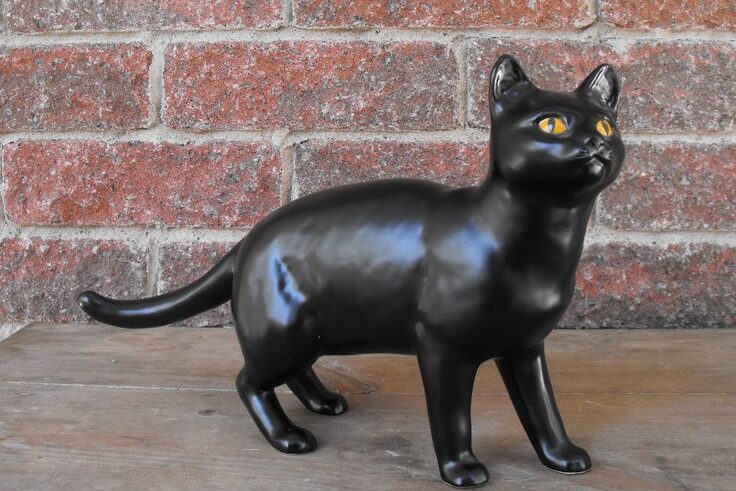
These figurines might be cute now, but black cats haven’t always had it easy. In many cultures, especially during the Middle Ages, black cats were seen as symbols of witchcraft and bad omens. They were believed to bring bad luck or serve as witches’ familiars. Over time, these fears softened into folklore, and eventually into Halloween decorations and playful toys. Cultural researcher Andrea Tanner explained, “They became a charming echo of their darker roots.” Today, black cat figurines sit on shelves with wide eyes and little grins, carrying old superstitions tucked quietly into their paws.
This story 13 Childhood Toys with Surprisingly Creepy Origins was first published on Daily FETCH


